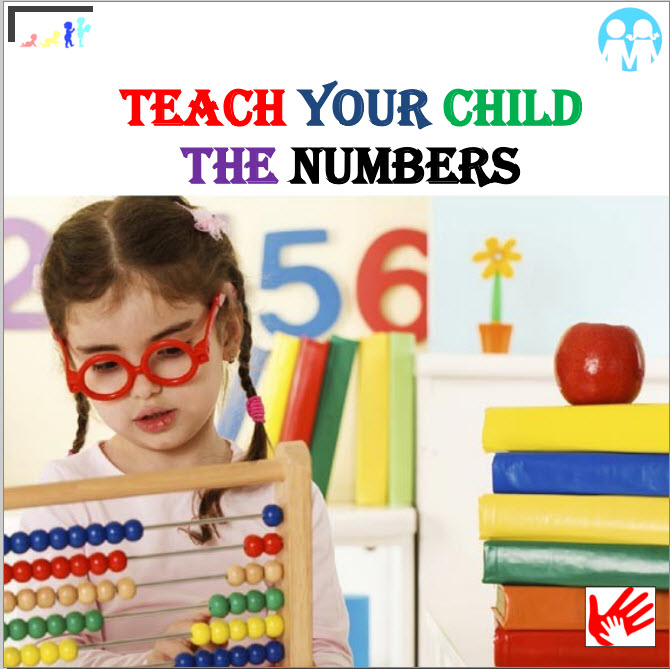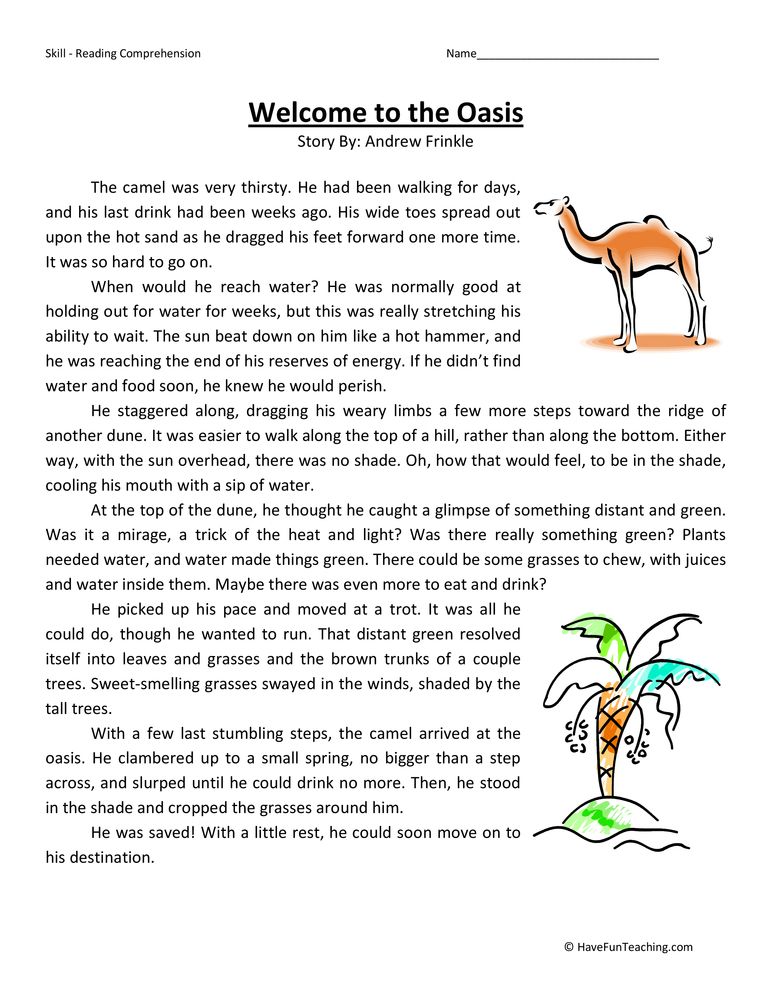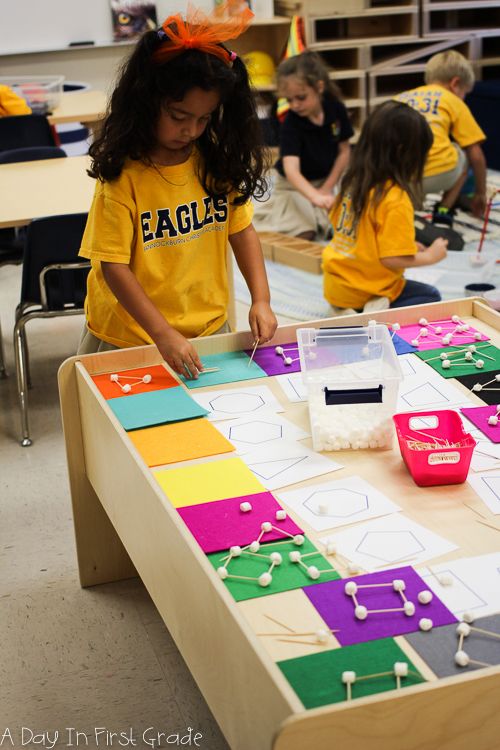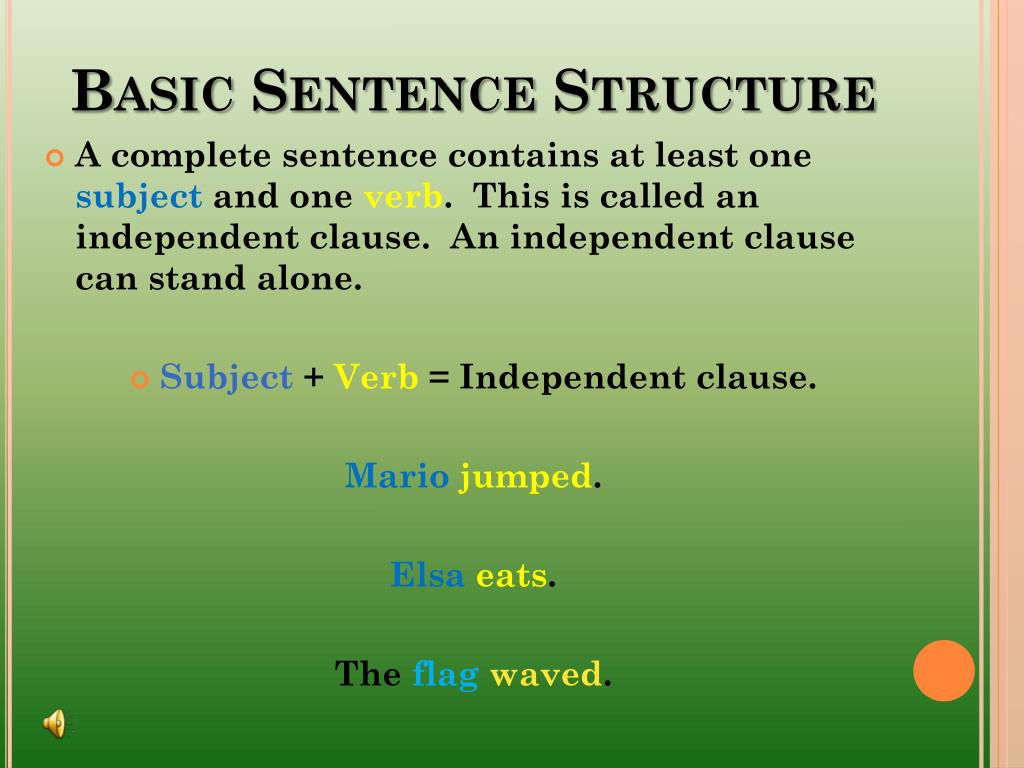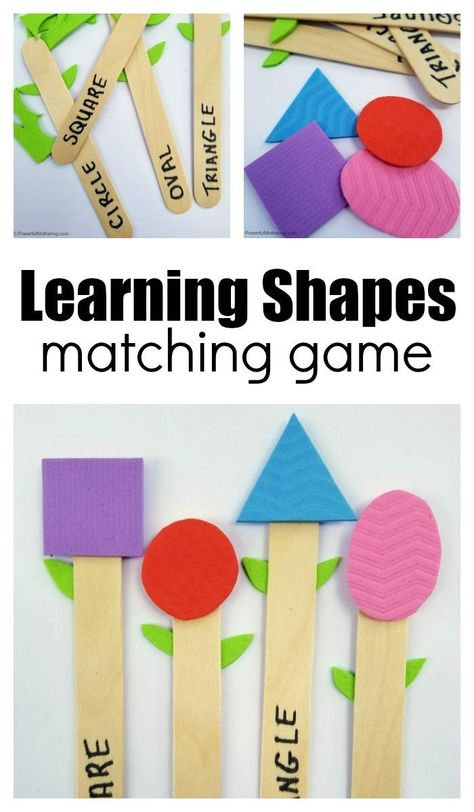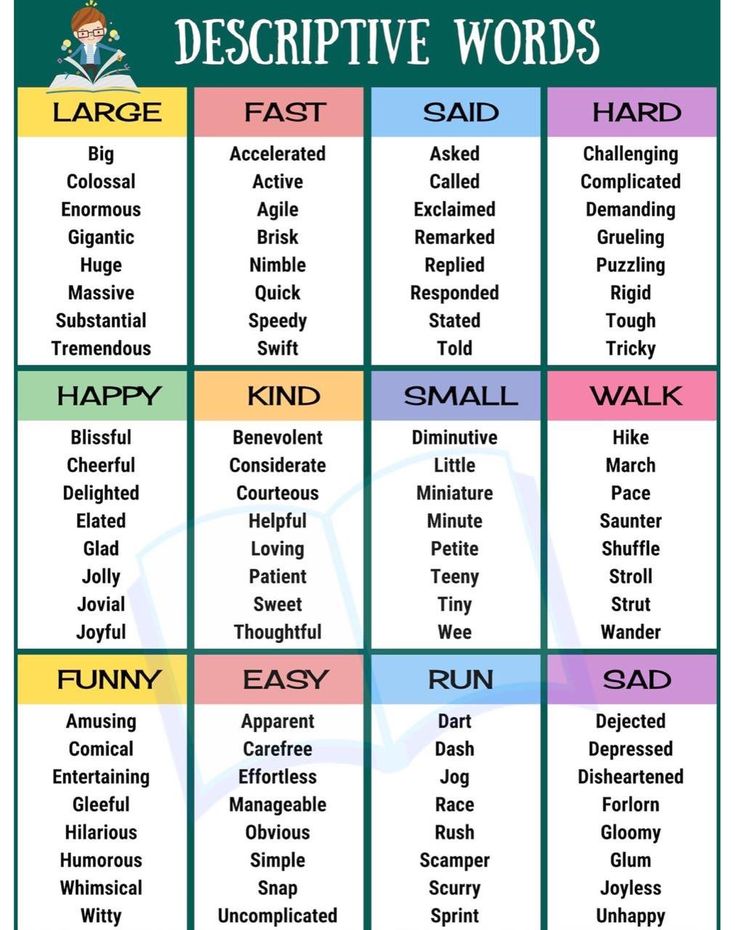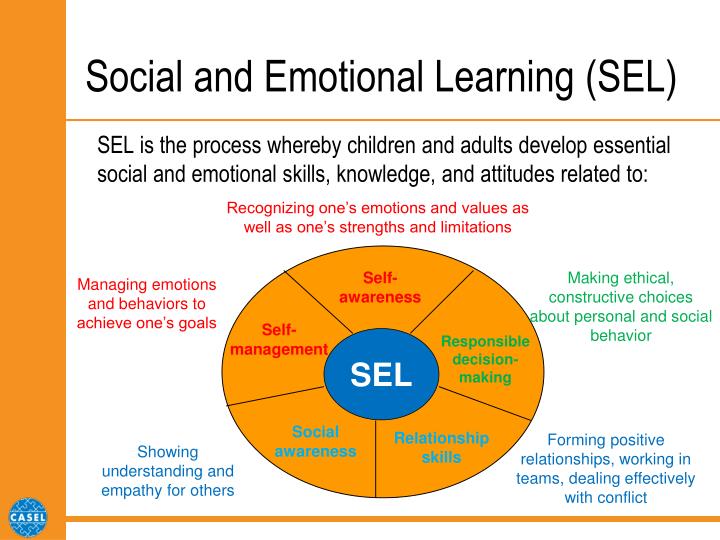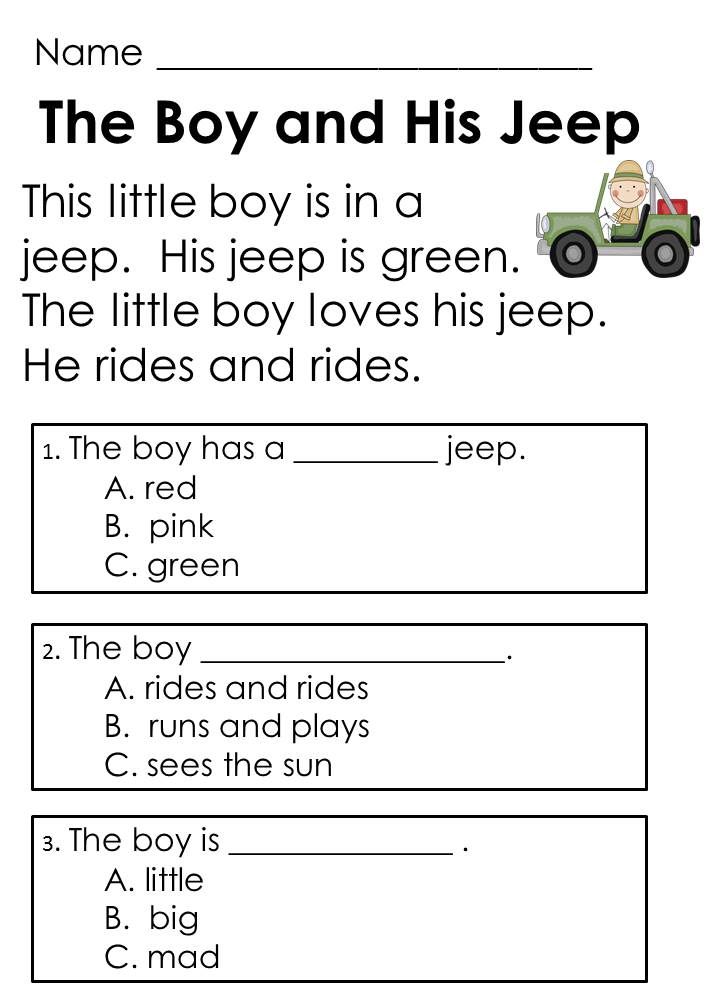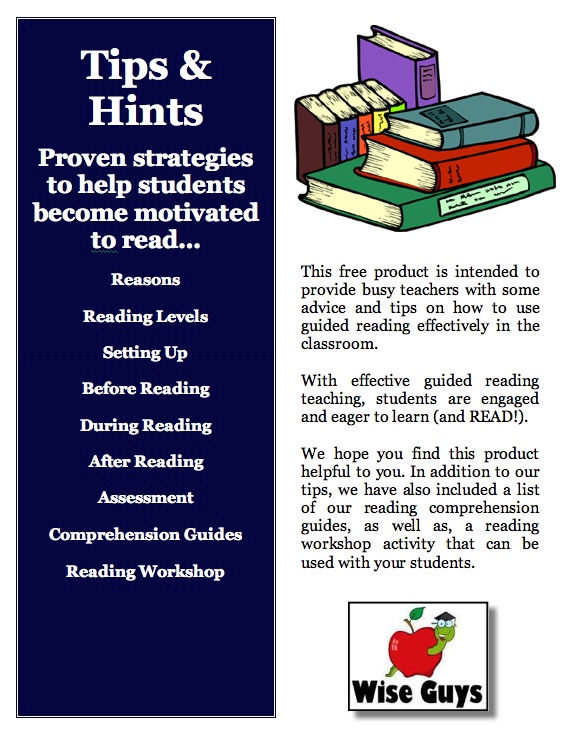Teach the child
Proverbs 22:6 Train up a child in the way he should go, and when he is old he will not depart from it.
Context Crossref Comm Hebrew Verse (Click for Chapter) New International Version New Living Translation English Standard Version Berean Standard Bible King James Bible New King James Version New American Standard Bible NASB 1995 NASB 1977 Amplified Bible Christian Standard Bible Holman Christian Standard Bible American Standard Version Aramaic Bible in Plain English Contemporary English Version Douay-Rheims Bible Good News Translation International Standard Version JPS Tanakh 1917 Literal Standard Version New American Bible NET Bible New Revised Standard Version New Heart English Bible World English Bible Young's Literal Translation Additional Translations ... Context A Good Name Berean Standard Bible · Download Cross References Ephesians 6:4 Deuteronomy 4:9 Deuteronomy 11:19 Treasury of Scripture Train up a child in the way he should go: and when he is old, he will not depart from it. train up a child Genesis 18:19 For I know him, that he will command his children and his household after him, and they shall keep the way of the LORD, to do justice and judgment; that the LORD may bring upon Abraham that which he hath spoken of him. Deuteronomy 4:9 Only take heed to thyself, and keep thy soul diligently, lest thou forget the things which thine eyes have seen, and lest they depart from thy heart all the days of thy life: but teach them thy sons, and thy sons' sons; Deuteronomy 6:7 And thou shalt teach them diligently unto thy children, and shalt talk of them when thou sittest in thine house, and when thou walkest by the way, and when thou liest down, and when thou risest up. the way 1 Samuel 1:28 Therefore also I have lent him to the LORD; as long as he liveth he shall be lent to the LORD. And he worshipped the LORD there. 1 Samuel 2:26 And the child Samuel grew on, and was in favour both with the LORD, and also with men. 1 Samuel 12:2,3 And now, behold, the king walketh before you: and I am old and grayheaded; and, behold, my sons are with you: and I have walked before you from my childhood unto this day… Pulpit Commentary Verse 6. - Train up a child in the way he should go. The verb translated "train" (chanak) means, first, "to put something into the mouth," "to give to be tasted," as nurses give to infants food which they have masticated in order to prepare it for their nurslings; thence it comes to signify "to give elementary instruction," "to imbue," "to train." The Hebrew literally is, Initiate a child in accordance with his way. The Authorized Version, with which Ewald agrees, takes the maxim to mean that the child should be trained from the first in the right path - the path of obedience and religion. "Adeo in teneris consuescere multum est." Horace, 'Epist.,' 1:2, 67 - "Nunc adbibe puro "Quo semel est imbuta recens, servabit odorem Parallel Commentaries ... Hebrew Train up a child in the way he should go, and when he is old he will not depart from it. Jump to Previous ChildDepartInstructionRightTenorTrainTrainedTurnTurnedTurnethWayYouth Jump to Next ChildDepartInstructionRightTenorTrainTrainedTurnTurnedTurnethWayYouth Links Proverbs 22:6 NIV Proverbs 22:6 BibleApps.com OT Poetry: Proverbs 22:6 Train up a child in the way (Prov. Pro Pr) |
Proverbs 22:7 The rich rule over the poor, and the borrower is slave to the lender.
New International Version
The rich rule over the poor, and the borrower is slave to the lender.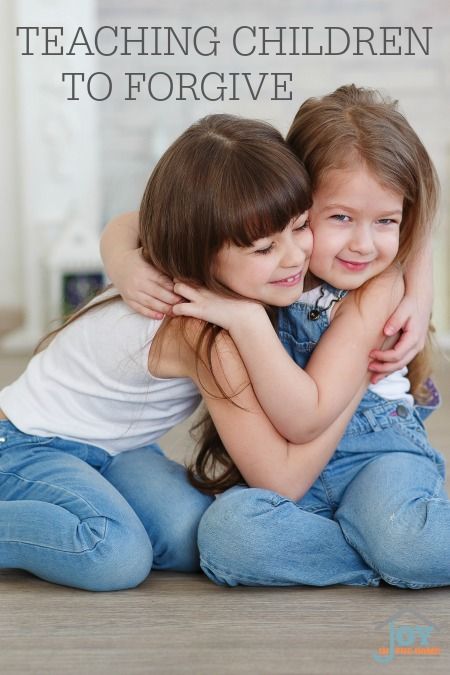
New Living Translation
Just as the rich rule the poor, so the borrower is servant to the lender.
English Standard Version
The rich rules over the poor, and the borrower is the slave of the lender.
Berean Standard Bible
The rich rule over the poor, and the borrower is slave to the lender.
King James Bible
The rich ruleth over the poor, and the borrower is servant to the lender.
New King James Version
The rich rules over the poor, And the borrower is servant to the lender.
New American Standard Bible
The rich rules over the poor, And the borrower becomes the lender’s slave.
NASB 1995
The rich rules over the poor, And the borrower becomes the lender’s slave.
NASB 1977
The rich rules over the poor, And the borrower becomes the lender’s slave.
Amplified Bible
The rich rules over the poor, And the borrower is servant to the lender.
Christian Standard Bible
The rich rule over the poor, and the borrower is a slave to the lender.
Holman Christian Standard Bible
The rich rule over the poor, and the borrower is a slave to the lender.
American Standard Version
The rich ruleth over the poor; And the borrower is servant to the lender.
Aramaic Bible in Plain English
A rich man will be authorized by the poor and the Servant will lend to him who was his lender.
Brenton Septuagint Translation
The rich will rule over the poor, and servants will lend to their own masters.
Contemporary English Version
The poor are ruled by the rich, and those who borrow are slaves of moneylenders.
Douay-Rheims Bible
The rich ruleth over the poor: and the borrower is servant to him that lendeth.
Good News Translation
Poor people are slaves of the rich. Borrow money and you are the lender's slave.
International Standard Version
The wealthy rule over the poor, and anyone who borrows is a slave to the lender.
JPS Tanakh 1917
The rich ruleth over the poor, And the borrower is servant to the lender.
Literal Standard Version
The rich rules over the poor, And a servant [is] the borrower to the lender.
New American Bible
The rich rule over the poor, and the borrower is the slave of the lender.
NET Bible
The rich rule over the poor, and the borrower is servant to the lender.
New Revised Standard Version
The rich rule over the poor, and the borrower is the slave of the lender.
New Heart English Bible
The rich rule over the poor. The borrower is servant to the lender.
World English Bible
The rich rule over the poor. The borrower is servant to the lender.
Young's Literal Translation
The rich over the poor ruleth, And a servant is the borrower to the lender.
Additional Translations ...
How to teach a child to read: important rules and effective methods
October 26LikbezEducation
Teaching a preschooler to read without losing interest in books is real. Lifehacker has selected the best ways for responsible parents.
Share
0How to understand that it's time to teach your child to read
There are several signs of psychological readiness.
- The child speaks fluently in sentences and understands the meaning of what is said.
- The child understands directions: left-right, up-down. For learning to read, it is important that the baby can follow the text from left to right and from top to bottom.
- The child distinguishes sounds (what speech therapists call developed phonemic hearing). Simply put, the baby will easily understand by ear where the house and the bow are, and where the tom and the hatch are.
- Your child pronounces all the sounds and has no speech problems.
Natalya Zharikova
Speech therapist with 33 years of experience
A child with speech therapy problems does not hear and does not distinguish similar sounds. From here come errors with speech, and subsequently with reading, and even more often with writing. It is very difficult for a parent to identify violations on their own, so usually a teacher or a speech therapist can point this out to them.
It is very difficult for a parent to identify violations on their own, so usually a teacher or a speech therapist can point this out to them.
How to teach your child to read
Be patient and follow these simple guidelines.
Set an example
In a family where there is a culture and tradition of reading, children themselves will reach for books. Read not because it is necessary and useful, but because it is a pleasure for you.
Read together and discuss
Read aloud to the child and then look at the pictures together, encouraging them to interact with the book: “Who is this? Can you show me the cat's ears? And who is that standing next to her?” Older children can be asked more difficult questions: “Why did he do this? What do you think will happen next?"
Don't learn the letters as they are called in the alphabet
Instead, help your child remember the sound the letter makes. For example, you show the letter "m" and say: "This is the letter m (not em )". If a child remembers the alphabetic names of letters ( em , es, ef and so on), it will be quite difficult for him to learn to read. Then, when he sees the word ra-ma in the book, he will try to pronounce er-a-um-ah .
If a child remembers the alphabetic names of letters ( em , es, ef and so on), it will be quite difficult for him to learn to read. Then, when he sees the word ra-ma in the book, he will try to pronounce er-a-um-ah .
Go from simple to complex
Once the child has memorized a few letters (from 2 to 5) and the sounds they represent, move on to syllables. Let the words consisting of repeated syllables be the first: mum, daddy, uncle, nanny . In this case, it is not necessary to break the syllable into separate sounds. Do not say: "These are the letters m and a , and together they read ma ". Immediately learn that the syllable is pronounced like ma , otherwise the baby may start to read letter by letter. After mastering simple combinations, move on to more complex ones: ko-t, zhu-k, do-m .
Help to understand the meaning of what they read
Do this when the child begins to slowly but surely reproduce words and whole sentences in syllables.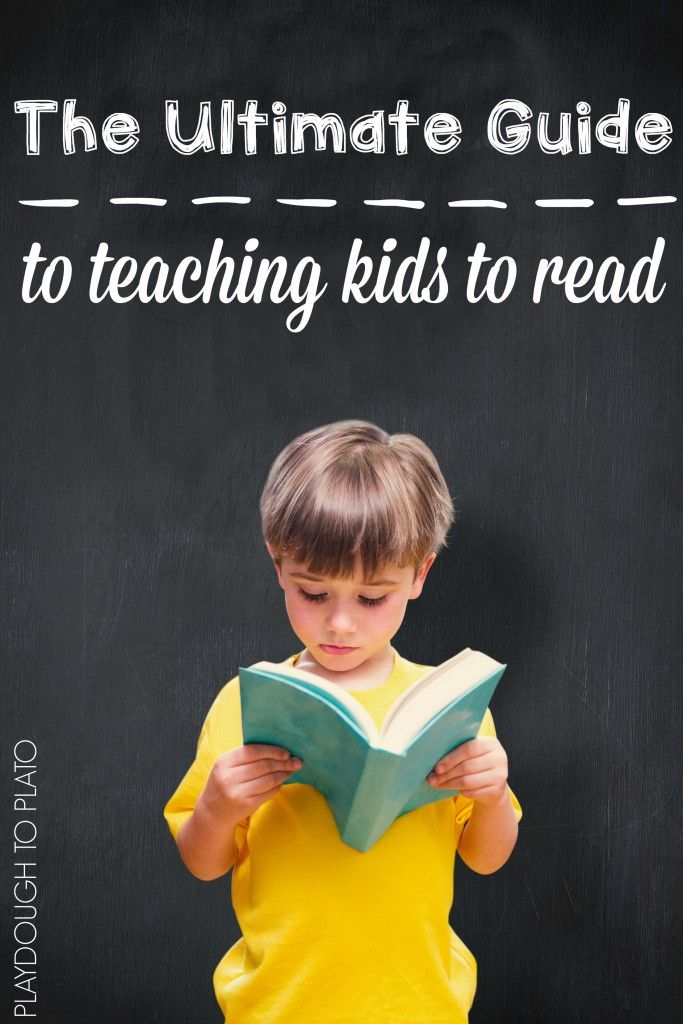 For example, the kid read: "Mom washed the frame." Stop and ask: “What did you just read about?”. If he finds it difficult to answer, let him read the sentence again. And you ask more specific questions: “Who washed the frame? What did mom wash?
For example, the kid read: "Mom washed the frame." Stop and ask: “What did you just read about?”. If he finds it difficult to answer, let him read the sentence again. And you ask more specific questions: “Who washed the frame? What did mom wash?
Show that letters are everywhere
Play a game. Let the child find the letters that surround him on the street and at home. These are the names of stores, and memos on information stands, and advertising on billboards, and even traffic light messages: it happens that the inscription “Go” lights up on green, and “Wait so many seconds” on red.
Play
And play again. Stack blocks with letters and syllables, make up words, ask your child to read you some kind of sign or inscription on the packaging in the store.
Natalia Zharikova
There are many exercises for memorizing letters. For example, circle the desired letter among a number of others, circle the correctly written among the incorrect ones, color or shade. You can also ask the child to tell what the letter looks like.
You can also ask the child to tell what the letter looks like.
Use every opportunity to practice
Whether you are waiting in line at the clinic or driving somewhere, take out a book with pictures and short stories to accompany them and invite your child to read together.
Build on your success
Repeat familiar texts, look for familiar characters in new stories. Runaway Bunny is found both in "Teremka" and "Kolobok".
Do not force
This is perhaps the most important thing. Don't take away a child's childhood. Learning should not go through violence and tears.
What techniques to use to teach your child to read
Here are six popular, affordable and effective techniques. Choose one or try several and choose the one that interests your child the most.
1. ABCs and primers
Frame: This is all mine / YouTube Traditional, but the longest way. The difference between these books is that the alphabet fixes each letter with a mnemonic picture: a drum will be drawn on the page with B , and a spinning wheel next to Yu . The alphabet helps to remember letters and often interesting rhymes, but will not teach you how to read.
The alphabet helps to remember letters and often interesting rhymes, but will not teach you how to read.
The primer consistently teaches the child to combine sounds into syllables, and syllables into words. This process is not easy and requires perseverance.
There are quite a lot of author's primers now. According to the books of Nadezhda Betenkova, Vseslav Goretsky, Dmitry Fonin, Natalya Pavlova, children can study both with their parents before school and in the first grade.
Parents agree that one of the most understandable methods for teaching preschoolers is Nadezhda Zhukova's primer. The author simply explains the most difficult thing for a child: how to turn letters into syllables, how to read ma-ma , and not start naming individual letters me-a-me-a .
2. Zaitsev's Cubes
Shot: Little Socrates / YouTube If a child consistently learns letters and syllables while learning from an ABC book, then in 52 Zaitsev's Cubes he is given access to everything at once: a single letter or combinations of consonant and vowel, consonant and hard or soft sign.
The child effortlessly learns the differences between unvoiced and voiced sounds, because the cubes with voiceless consonants are filled with wood, and the cubes with voiced consonants are filled with metal.
The cubes also differ in size. The large ones depict hard warehouses, the small ones - soft ones. The author of the technique explains this by the fact that when we pronounce to (hard warehouse), the mouth opens wide, or (soft warehouse) - lips in a half smile.
The set includes tables with warehouses that the parent sings (yes, he doesn’t speak, but sings).
The child quickly masters warehouse reading with the help of cubes. But there are also disadvantages: he may begin to swallow endings and face difficulties already at school when parsing a word by composition.
3.
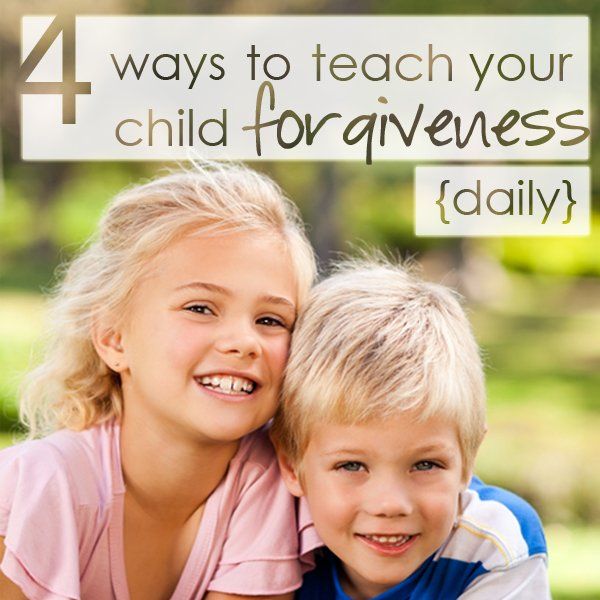 "Skladushki" and "Teremki" by Vyacheslav Voskobovich Shot: Games and Toys Club / YouTube
"Skladushki" and "Teremki" by Vyacheslav Voskobovich Shot: Games and Toys Club / YouTube In "Skladushki" Vyacheslav Voskobovich reworked Zaitsev's idea: 21 cards show all the warehouses of the Russian language with nice thematic pictures. Included is a CD with songs, the texts of which go under each picture.
Folders are great for kids who like looking at pictures. Each of them is an occasion to discuss with the child where the kitten is, what the puppy is doing, where the beetle flew.
It is possible to teach a child with these cards from the age of three. At the same time, it should be noted that the author of the methodology himself does not consider it necessary to force early development.
"Teremki" by Voskobovich consist of 12 wooden cubes with consonants and 12 cardboard cubes with vowels. First, the child gets acquainted with the alphabet and tries with the help of parents to come up with words that begin with each of the letters.
Then it's time to study the syllables. In the tower with the letter M is embedded A - and the first syllable is ma . From several towers you can lay out words. Learning is based on play. So, when replacing the vowel , the house will turn into smoke .
You can start playing tower blocks from the age of two. At the same time, parents will not be left alone with the cubes: the kit includes a manual with a detailed description of the methodology and game options.
4. Chaplygin's dynamic cubes
Shot: Both a boy and a girl! Children's channel - We are twins / YouTubeEvgeny Chaplygin's manual includes 10 cubes and 10 movable blocks. Each dynamic block consists of a pair - a consonant and a vowel. The task of the child is to twist the cubes and find a pair.
At the initial stage, as with any other method of learning to read in warehouses, the child makes the simplest words from repeating syllables: ma-ma, pa-pa, ba-ba . The involved motor skills help to quickly remember the shape of the letters, and the search for already familiar syllables turns into an exciting game. The cubes are accompanied by a manual describing the methodology and words that can be composed.
The involved motor skills help to quickly remember the shape of the letters, and the search for already familiar syllables turns into an exciting game. The cubes are accompanied by a manual describing the methodology and words that can be composed.
The optimal age for classes is 4-5 years. You can start earlier, but only in the game format.
5. Doman's cards
Frame: My little star / YouTubeAmerican doctor Glenn Doman suggests teaching children not individual letters or even syllables, but whole words. Parents name and show the child the words on the cards for 1-2 seconds. In this case, the baby is not required to repeat what he heard.
Classes start with 15 cards with the simplest concepts like females and males . Gradually, the number of words increases, those already learned leave the set, and the child begins to study phrases: for example, color + object, size + object.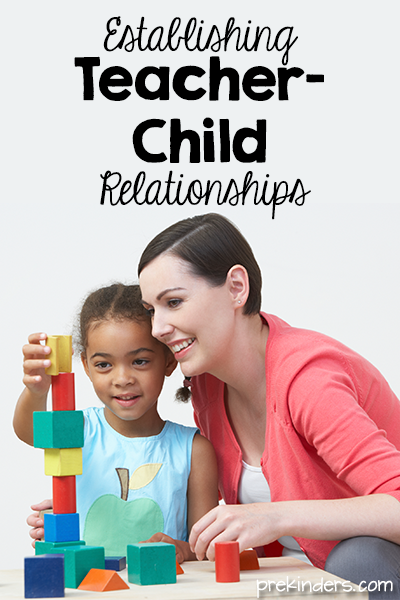
How can one understand that a child has understood and memorized the visual image of a word, if the author of the methodology recommends starting classes from birth? Glenn Doman in "The Harmonious Development of the Child" strongly emphasizes that it is not necessary to arrange tests and checks for the child: kids do not like this and lose interest in classes.
It's better to remember 50 cards out of 100 than 10 out of 10.
Glenn Doman
But given that parents can't help but check, he advises the child to play the game if they want and are ready. For example, you can put a few cards and ask to bring one or point to it.
Today, psychologists, neurophysiologists and pediatricians agree that the Doman method is aimed not at teaching reading, but at mechanical memorization of visual images of words. The child turns out to be an object of learning and is almost deprived of the opportunity to learn something on his own.
It is also worth adding: in order to proceed to the stage of reading according to Doman, parents need to prepare cards with all (!) Words that are found in a particular book.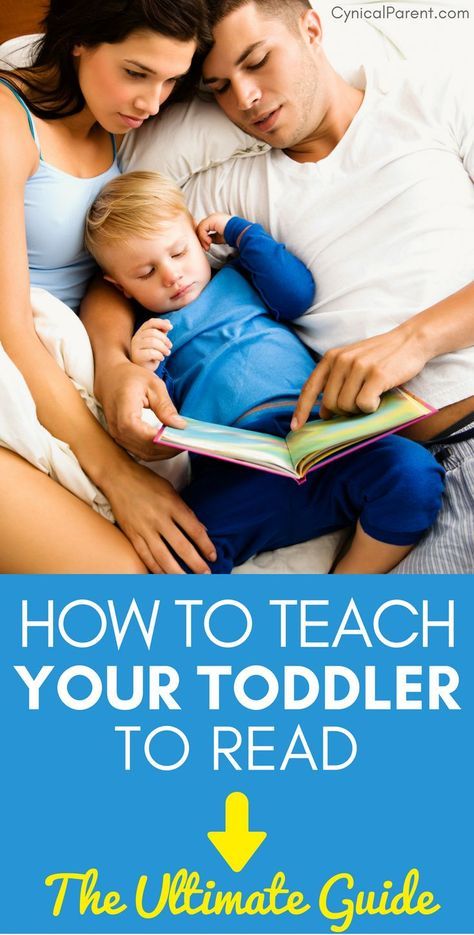
6. Montessori method
Photo: Kolpakova Daria / ShutterstockMontessori reading comes from the opposite: first we write and only then we read. Letters are the same pictures, so you first need to learn how to draw them and only then engage in pronunciation and reading. Children begin by tracing and shading the letters, and through this, they memorize their outline. When several vowels and consonants have been studied, they move on to the first simple words.
Much attention is paid to the tactile component, so children can literally touch the alphabet cut out of rough or velvety paper.
The value of the methodology lies in learning through play. So, you can put a rough letter and a plate of semolina in front of the child and offer to first circle the sign with your finger, and then repeat this on the semolina.
The difficulty for parents is to purchase or prepare a significant amount of handouts. But you can try to make cards with your own hands from cardboard and sandpaper.
What's the result
On the Internet and on posters advertising "educators", you will be offered ultra-modern methods of teaching your child to read at three, two or even from birth. But let's be realistic: a happy mother is needed a year, not developmental activities.
The authors of the methods as one insist that the most natural learning process for a child is through play, and not through classes in which the parent plays the role of a strict controller. Your main assistant in learning is the curiosity of the child himself.
Some children will study for six months and start reading at three, others have to wait a couple of years to learn in just a month. Focus on the interests of the child. If he likes books and pictures, then primers and Folders will come to the rescue. If he is a fidget, then cubes and the Montessori system are better suited.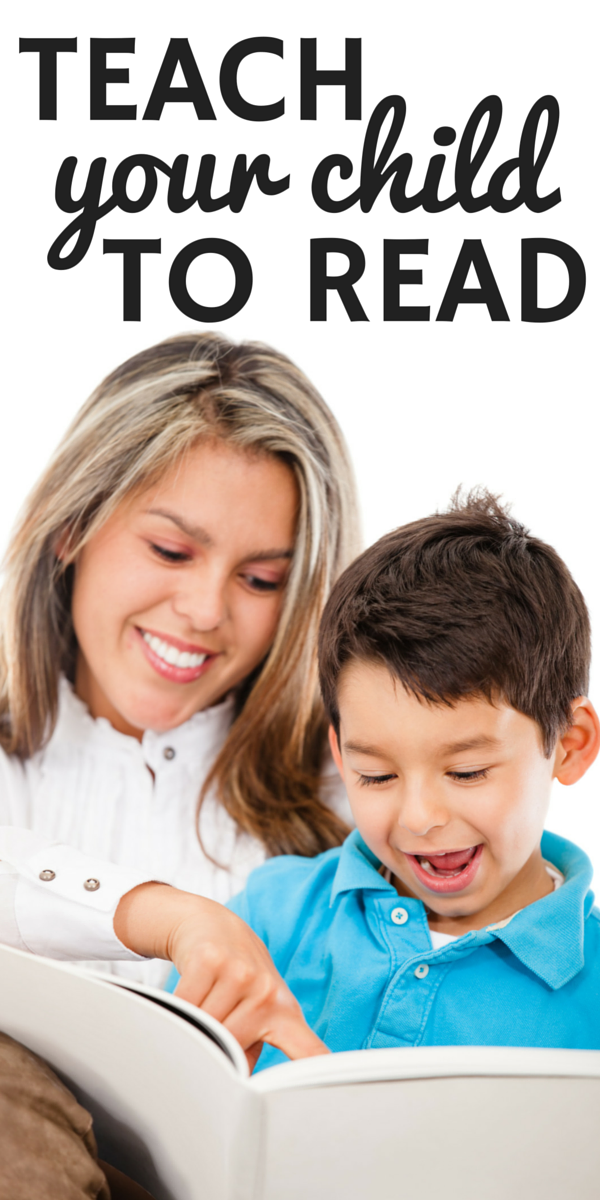
In learning to read, everything is simple and complex at the same time. If your child often sees you with a book, you have a tradition of reading before bed, your chances of getting your baby interested in reading will increase significantly.
See also 🧐
- How to teach a child to keep promises
- How to teach a child to say the letter "r"
- How to teach a child to ride a bicycle
- How to teach a child to swim
- How to teach a child to write
How to teach a child to read: techniques from an experienced teacher
At what age should you start teaching a child to read
Speech therapist Naya Speranskaya believes that the optimal age at which you can gradually start learning to read is 5.5 years.
“But still, the starting point for the first steps in this matter should not be a specific age, but the child himself. There are children who are ready to master the skill as early as 3-4 years old, and there are those who "mature" closer to grade 1. Once I worked with a boy who could not read at 6.5 years old. He knew letters, individual syllables, but he could not read. As soon as we began to study, it became clear that he was absolutely ready for reading, in two months he began to read perfectly in syllables, ”said Speranskaya.
Once I worked with a boy who could not read at 6.5 years old. He knew letters, individual syllables, but he could not read. As soon as we began to study, it became clear that he was absolutely ready for reading, in two months he began to read perfectly in syllables, ”said Speranskaya.
How to teach your child to read quickly and correctly
The first thing you need to teach your baby is the ability to correlate letters and sounds. “In no case should a child be taught the names of letters, as in the alphabet: “em”, “be”, “ve”. Otherwise, training is doomed to failure. The preschooler will try to apply new knowledge in practice. Instead of reading [mom], he will read [me-a-me-a]. You are tormented by retraining, ”the speech therapist warned.
Therefore, it is important to immediately give the child not the names of the letters, but the sounds they represent. Not [be], but [b], not [em], but [m]. If the consonant is softened by a vowel, then this should be reflected in the pronunciation: [t '], [m'], [v '], etc.
To help your child remember the graphic symbols of letters, make a letter with him from plasticine, lay it out using buttons, draw with your finger on a saucer with flour or semolina. Color the letters with pencils, draw with water markers on the side of the bathroom.
“At first it will seem to the child that all the letters are similar to each other. These actions will help you learn to distinguish between them faster, ”said the speech therapist.
As soon as the baby remembers the letters and sounds, you can move on to memorizing syllables.
close
100%
How to teach your child to join letters into syllables
“Connecting letters into syllables is like learning the multiplication table. You just need to remember these combinations of letters, ”the speech therapist explained.
Naya Speranskaya noted that most of the manuals offer to teach children to read exactly by syllables. When choosing, two nuances should be taken into account:
1. Books should have little text and a lot of pictures.
Books should have little text and a lot of pictures.
2. Words in them should not be divided into syllables using large spaces, hyphens, long vertical lines.
“All this creates visual difficulties in reading. It is difficult for a child to perceive such a word as something whole, it is difficult to “collect” it from different pieces. It is best if there are no extra spaces or other separating characters in the word, and syllables are highlighted with arcs directly below the word, ”the speech therapist explained.
According to Speranskaya, cubes with letters are also suitable for studying syllables - playing with them, the child will quickly remember the combinations.
Another way to gently help your child learn letters and syllables is to print them in large print on paper and hang them all over the apartment.
“Hang them on the refrigerator, on the board in the nursery, on the wall in the bathroom. When such leaflets are hung throughout the apartment, you can inadvertently return to them many times a day. Do you wash your hands? Read what is written next to the sink. Is the child waiting for you to give him lunch? Ask him to name which syllables are hanging on the refrigerator. Do a little, but as often as possible. Step by step, the child will learn the syllables, and then slowly begin to read,” the specialist said.
Do you wash your hands? Read what is written next to the sink. Is the child waiting for you to give him lunch? Ask him to name which syllables are hanging on the refrigerator. Do a little, but as often as possible. Step by step, the child will learn the syllables, and then slowly begin to read,” the specialist said.
Speranskaya is sure that in this way the child will learn to read much faster than after daily classes, when parents seat the child at the table with the words: "Now we will study reading ..."
“If it is really difficult for you to give up such activities, then pay attention that the nervous system of preschoolers is not yet ripe for long and monotonous lessons. Children spend enormous efforts on the analysis of graphic symbols. Learning to read for them is like learning a very complex cipher. Therefore, it is necessary to observe clear timing in such classes. At 5.5 years old, children are able to hold attention for no more than 10 minutes, at 6.5 years old - 15 minutes.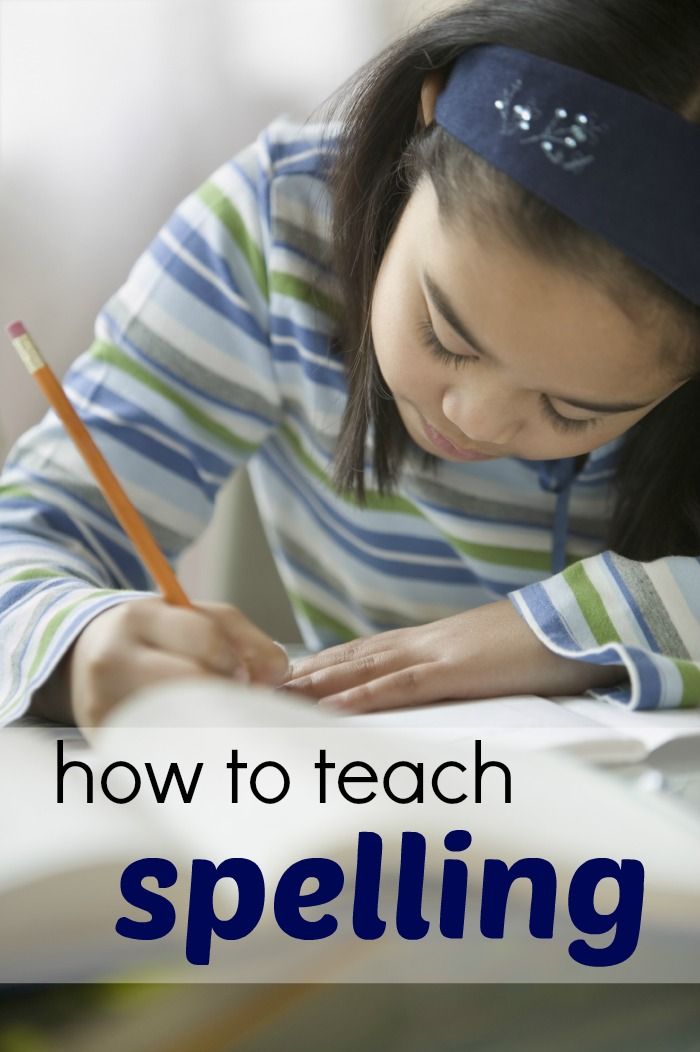 That's how long one lesson should last. And there should be no more than one such “lessons” a day, unless, of course, you want the child to lose motivation for learning even before school,” the speech therapist explained.
That's how long one lesson should last. And there should be no more than one such “lessons” a day, unless, of course, you want the child to lose motivation for learning even before school,” the speech therapist explained.
How to explain to a child how to divide words into syllables
When teaching a child to divide words into syllables, use a pencil. Mark syllables with a pencil using arcs.
close
100%
“Take the word dinosaur. It can be divided into three syllables: "di", "but", "zavr". The child will read the first syllables without difficulty, but it will be difficult for him to master the third. The kid cannot look at three or four letters at once. Therefore, I propose to teach to read not entirely by syllables, but by the so-called syllables. This is when we learn to read combinations of consonants and vowels, and we read the consonants separately. For example, we will read the word "dinosaur" like this: "di" "but" "for" "in" "p" The last two letters are read separately from "for". If you immediately teach a child to read by syllables, he will quickly master complex words and move on to fluent reading, ”the speech therapist is sure.
If you immediately teach a child to read by syllables, he will quickly master complex words and move on to fluent reading, ”the speech therapist is sure.
In a text, syllables can be denoted in much the same way as syllables. Vowel + consonant with the help of an arc, and a separate consonant with the help of a dot.
Naya Speranskaya gave parents a recommendation to memorize syllables/syllable fusions for as long as possible, and move on to texts only when the child suggests it himself.
“If a preschooler is not eager to read, then there is no need to put pressure on him. Automate syllables. Take your time. Learning should take place gradually, from simple to complex. The reading technique develops over time, ”added Speranskaya.
Another important clarification from the speech therapist: when the child begins to read words and then sentences, parents need to clarify the meaning of what they read.
“The child reads the word “mom”, after that you ask the question: “what does it mean that you just read it,” the speech therapist shared, “It is necessary that the child not only reads well, but also feels the meaning of what he read.



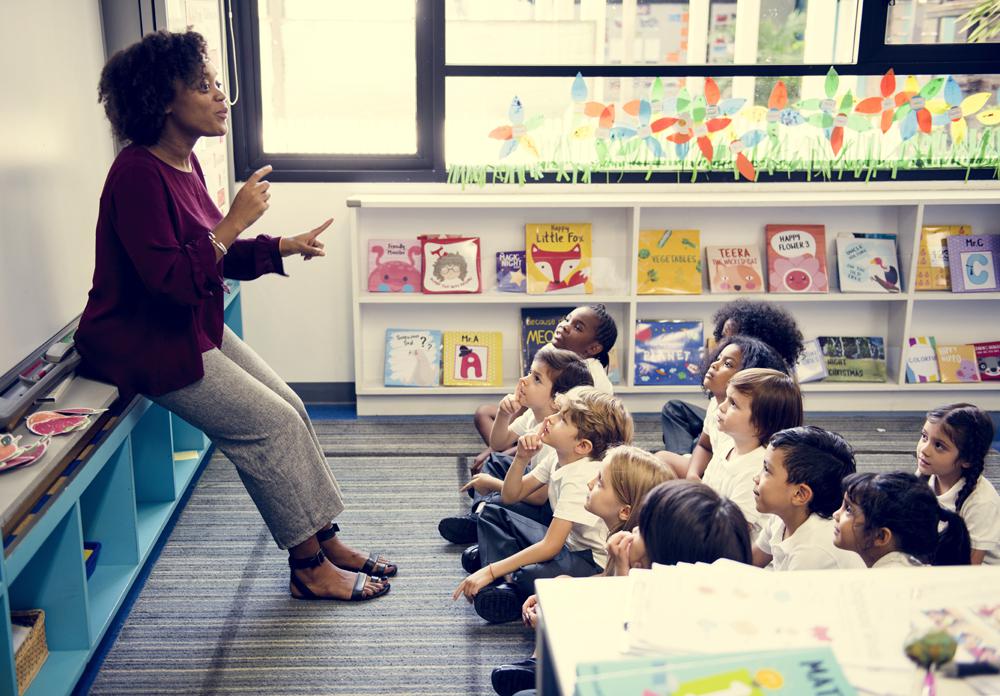 Teach them to your children and grandchildren.
Teach them to your children and grandchildren.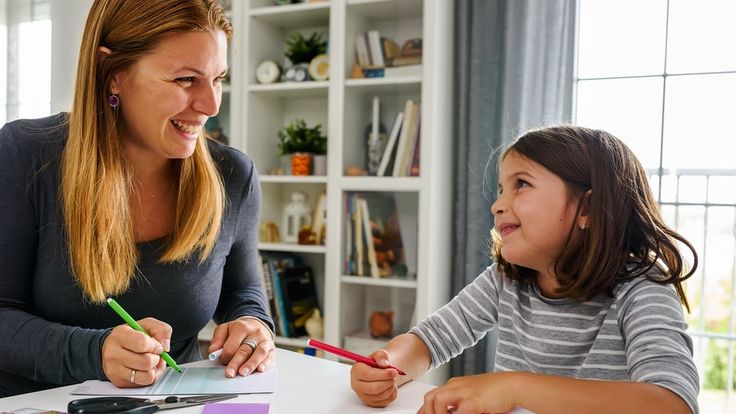
 This is a very true and valuable rule, but it is not what the author intends. "His way" must mean one of two things - either his future calling and station, or his character and natural inclination and capacity. Delitzsch and Plumptre take the latter interpretation; Nowack and Bertheau the former, on the ground that derek is not used in the other sense suggested. But, as far as use is concerned, both explanations stand on much the same ground; and it seems more in conformity with the moralist's age and nation to see in the maxim an injunction to consider the child's nature, faculties, and temperament, in the education which is given to him. If, from his early years, a child is thus trained, when he is old, he will not depart from it. This way, this education in accordance with his idiosyncrasy, will bear fruit all his life long; it will become a second nature, and will never be obliterated. The Vulgate commences the verse with Proverbium est, taking the first word substantively, as if the author here cited a trite saying; but the rendering is a mistake.
This is a very true and valuable rule, but it is not what the author intends. "His way" must mean one of two things - either his future calling and station, or his character and natural inclination and capacity. Delitzsch and Plumptre take the latter interpretation; Nowack and Bertheau the former, on the ground that derek is not used in the other sense suggested. But, as far as use is concerned, both explanations stand on much the same ground; and it seems more in conformity with the moralist's age and nation to see in the maxim an injunction to consider the child's nature, faculties, and temperament, in the education which is given to him. If, from his early years, a child is thus trained, when he is old, he will not depart from it. This way, this education in accordance with his idiosyncrasy, will bear fruit all his life long; it will become a second nature, and will never be obliterated. The Vulgate commences the verse with Proverbium est, taking the first word substantively, as if the author here cited a trite saying; but the rendering is a mistake.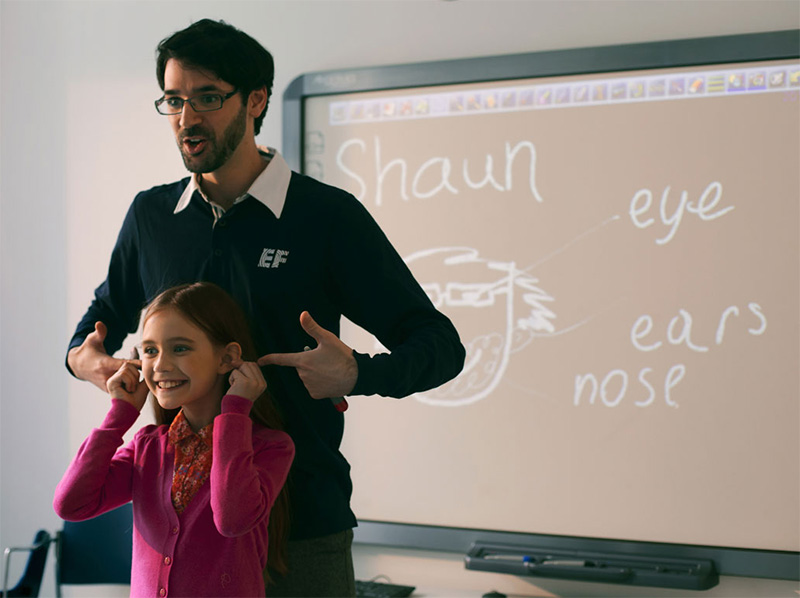 There are similar maxims, common at all times and in all countries. Virg., 'Georg.,' 2:272 -
There are similar maxims, common at all times and in all countries. Virg., 'Georg.,' 2:272 - 